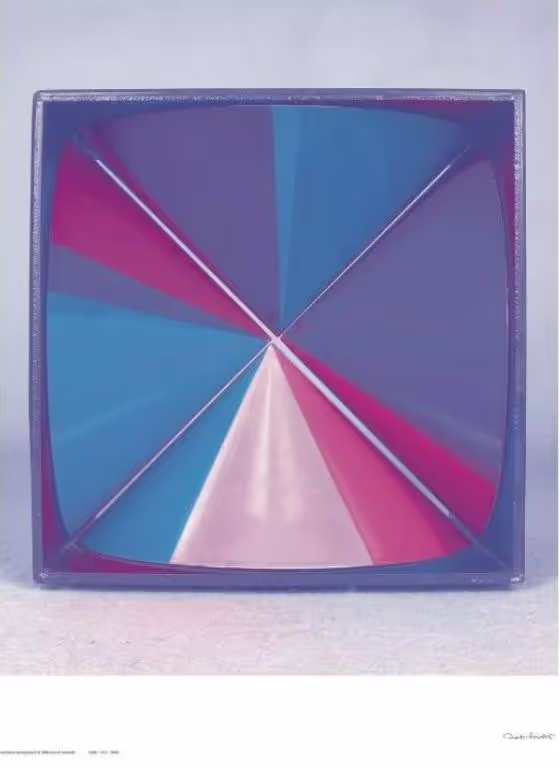
Dexter Sinister is the compound name of Stuart Bailey and David Reinfurt. Dexter Sinister works as a publishing imprint and an exhibiting artist. Dexter Sinister is also the name of their basement space on New York’s Lower East Side, which operates as a “just-in-time workshop and occasional bookstore.” The workshop is intended to model a “just-in-time” economy of print production, ine realities of large-scale publishing. Dexter Sinister have increasingly been involved in broader gallery and museum projects, most recently at the Centre d’Art Contemporain, Geneva; Whitney Biennial, Venice Biennial New York; The Kitchen, New York; and Somerset House, London. In 2006, Dexter Sinister established a workshop in the basement at 38 Ludlow Street, on the Lower East Side in New York City. The workshop intended to model a ‘Just-In-Time’ economy of print production, running counter to the contemporary assembly-line realities of large-scale publishing. This involved avoiding waste by working on-demand, utilizing local cheap machinery, considering alternate distribution strategies, and collapsing distinctions of editing, design, production and distribution into one efficient activity. In 2011, together with Angie Keefer they set up “The Serving Library”, a not-for-profit cooperatively-built archive that assembles itself by publishing. The project’s engine is Dot Dot Dot’s successor Bulletins of The Serving Library – a journal that circulates as freely downloadable PDFs as well as a biannual print edition. Reinfurt and Bailey decided to make the catalogue the third issue of their journal Bulletins of the Serving Library, which continues the legacy of Dot Dot Dot, their “previous house journal which ran for ten years and twenty issues.” The catalogue/issue acts not as a compendium but a companion piece with thirteen essays, articles and visual works. It begins with “MMMMMMMMMMMM…,” by Andrew Blum, which appeared in The New York Times in 2003 under the title “The Modern’s Other Renovation.” It’s about MoMA’s history of logo redesign, beginning with the controversial 1966 decision to lower the upper case “O” and continuing to Yoshio Taniguchi’s subtle 2004 redesign. (Did you know that the little “o” was initially so unpopular that it wasn’t officially used for twenty years?)






.png)